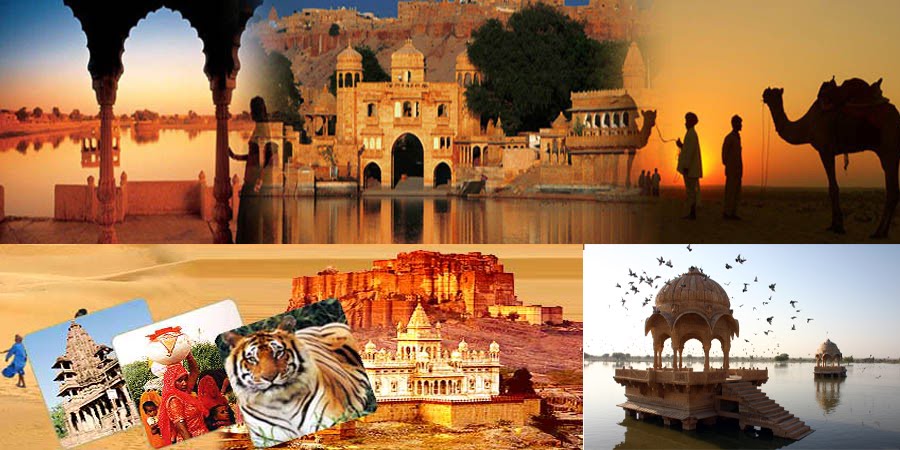Jhalawar
Jhalawar, a city in Rajasthan, India, is known for its rich history, scenic beauty, and unique cultural heritage. Often overshadowed by more famous destinations, Jhalawar offers a range of experiences for those who venture there. Here’s a guide to help you explore Jhalawar:
Key Attractions:
Jhalawar Fort: Also known as Garh Palace, this fort is an impressive example of Rajput architecture. It features intricate carvings, beautiful courtyards, and stunning views of the surrounding landscape. The fort also houses a museum with artifacts related to the region’s history.
Badal Mahal: Located within the Jhalawar Fort, this palace is famous for its beautiful frescoes and its cooler climate due to its high elevation. The palace offers insight into the royal lifestyle and is known for its stunning architectural features.
Gagron Fort: This UNESCO World Heritage Site is located about 12 km from Jhalawar and is known for its unique position on a confluence of rivers. The fort is an example of a water fort, surrounded by moats and set on a hill, offering panoramic views of the area.
Chandrawati: An ancient site with ruins that date back to the 11th century. It includes remnants of temples, palaces, and fortifications, providing a glimpse into the region’s historical significance.
Kshar Bagh: This is a beautiful garden with historical significance, known for its ancient cenotaphs (chhatris) and peaceful environment. It’s a great place for a relaxing stroll.
Sas-Bahu Temples: Located in the nearby village of Eklingji, these temples are dedicated to Lord Vishnu and showcase beautiful carvings and intricate architectural designs.
Jhalawar Museum: Located in the Jhalawar Fort, the museum houses a collection of historical artifacts, including coins, weapons, and sculptures, giving visitors a deeper understanding of the region’s history.
Activities:
Explore Local Markets: Jhalawar has vibrant local markets where you can shop for traditional Rajasthani handicrafts, textiles, and jewelry.
Cultural Experiences: Attend local festivals and fairs if your visit coincides with any. These events often feature traditional music, dance, and local cuisine.
Photography: The architecture of the forts and palaces, along with the natural beauty of the surroundings, provides excellent opportunities for photography.
Tips:
Best Time to Visit: The best time to visit Jhalawar is from October to March when the weather is cooler and more pleasant.
Dress Appropriately: The climate can be quite hot during the day and cooler in the evenings, so wear light, breathable clothing during the day and carry a jacket or sweater for the evenings.
Stay Hydrated: The desert climate can be dry, so ensure you drink plenty of water and stay hydrated.
Local Etiquette: Respect local customs and traditions. Dressing modestly is appreciated, especially when visiting temples and other religious sites.
Transport: Jhalawar is well connected by road. If traveling from major cities like Jaipur or Udaipur, plan your journey in advance.
Accommodation: While Jhalawar has a range of hotels and guesthouses, booking in advance is a good idea, especially during peak tourist seasons.
Jhalawar offers a mix of historical, cultural, and natural attractions, making it a worthwhile destination for those interested in exploring lesser-known parts of Rajasthan. Enjoy your trip!
















